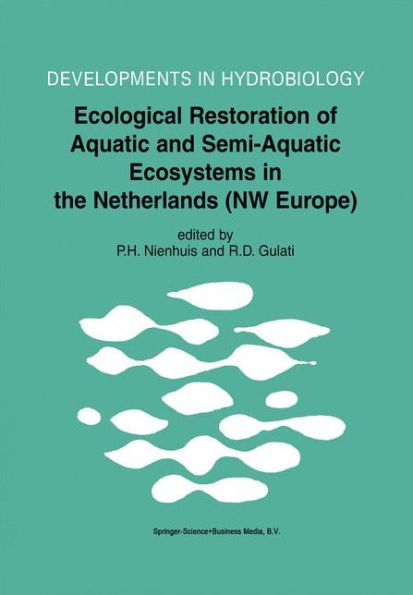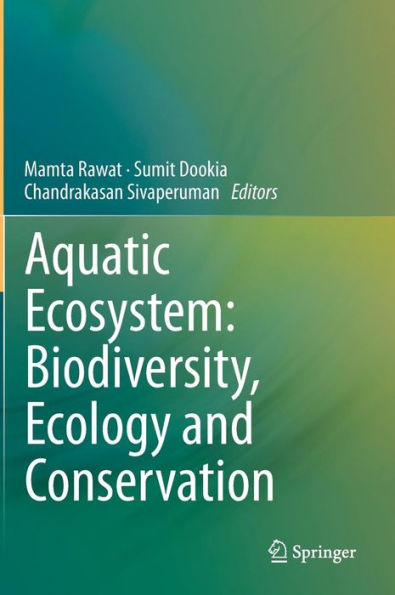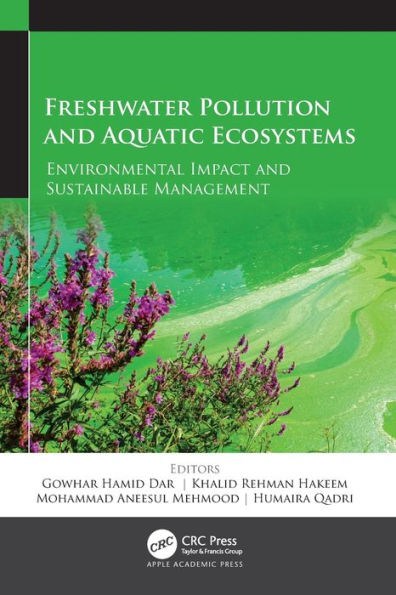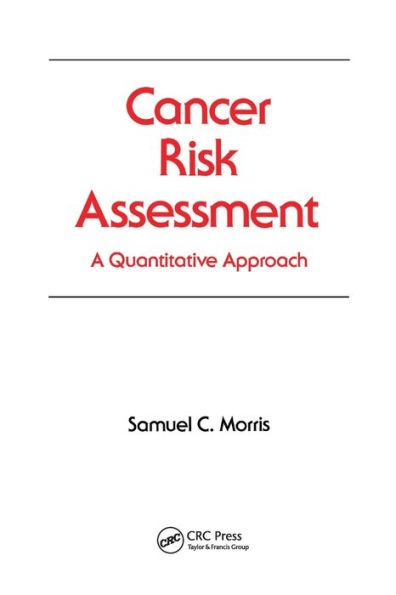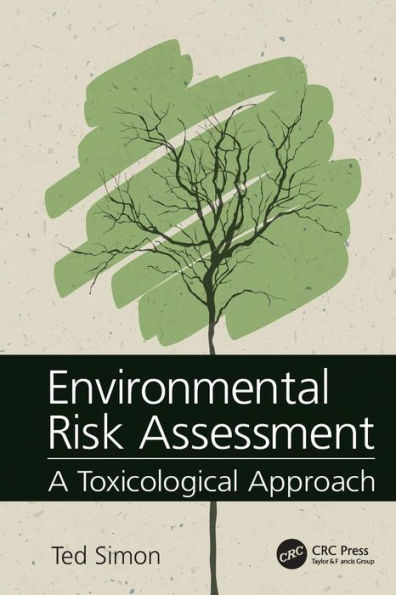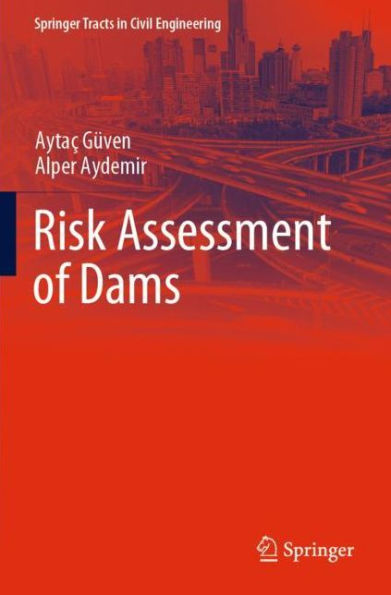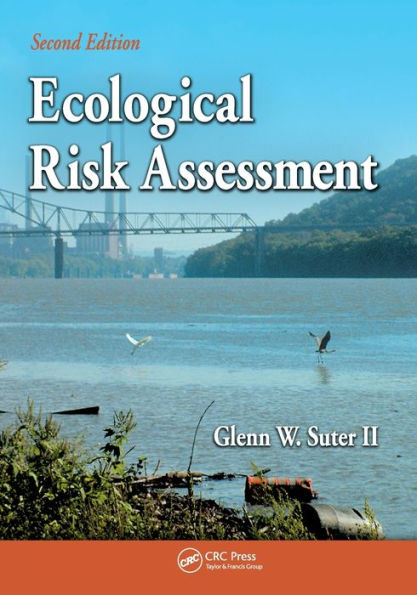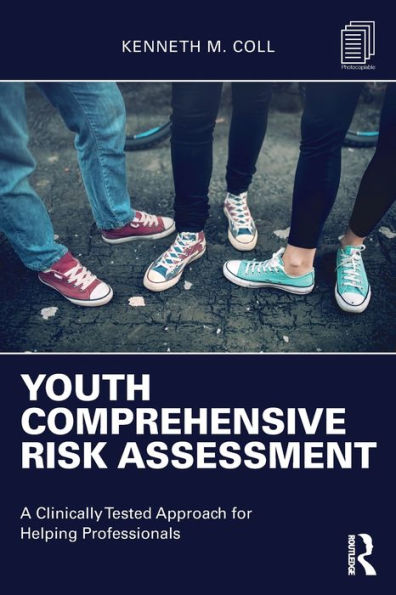Home
CO2 Acidification Aquatic Ecosystems: An Integrative Approach to Risk Assessment
Barnes and Noble
CO2 Acidification Aquatic Ecosystems: An Integrative Approach to Risk Assessment
Current price: $180.00
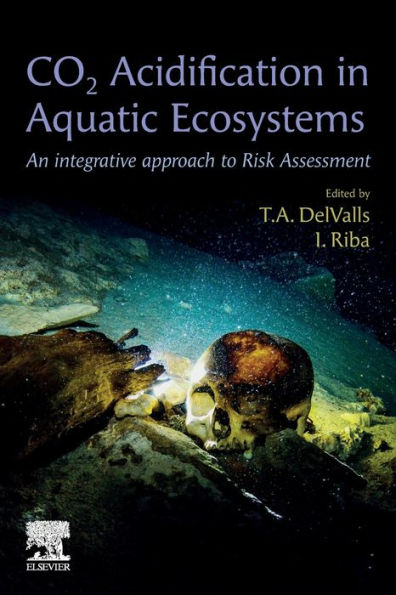

Barnes and Noble
CO2 Acidification Aquatic Ecosystems: An Integrative Approach to Risk Assessment
Current price: $180.00
Size: Paperback
Loading Inventory...
*Product information may vary - to confirm product availability, pricing, shipping and return information please contact Barnes and Noble
CO2 Acidification in Aquatic Ecosystems: An Integrative Approach to Risk Assessment
focuses on the characterization of different aspects of ecosystem science to describe the situation of CO2 acidification in aquatic ecosystems. This extensive coverage looks at the effects of CO2 acidification throughout all oceans and coastal areas. In addition, the book describes integrative approaches based on global case studies to determine the effects associated with this kind of acidification. It allows the reader to understand the different sources of CO2 in the aquatic ecosystems and the different approaches and lines of evidence available to characterize the impact of this acidification.
This book provides researchers, professors and post graduate students in oceanography and aquatic ecology with a new and complete tool set to address and understand the potential impacts of CO2 acidification in aquatic ecosystems.
focuses on the characterization of different aspects of ecosystem science to describe the situation of CO2 acidification in aquatic ecosystems. This extensive coverage looks at the effects of CO2 acidification throughout all oceans and coastal areas. In addition, the book describes integrative approaches based on global case studies to determine the effects associated with this kind of acidification. It allows the reader to understand the different sources of CO2 in the aquatic ecosystems and the different approaches and lines of evidence available to characterize the impact of this acidification.
This book provides researchers, professors and post graduate students in oceanography and aquatic ecology with a new and complete tool set to address and understand the potential impacts of CO2 acidification in aquatic ecosystems.
